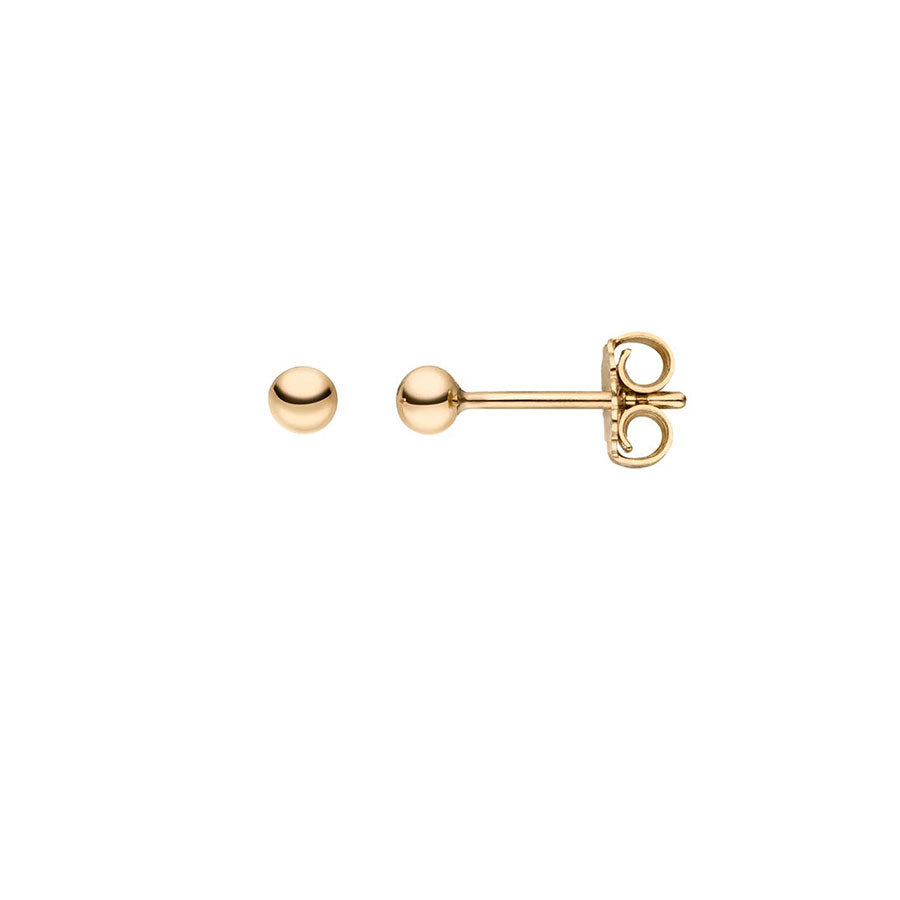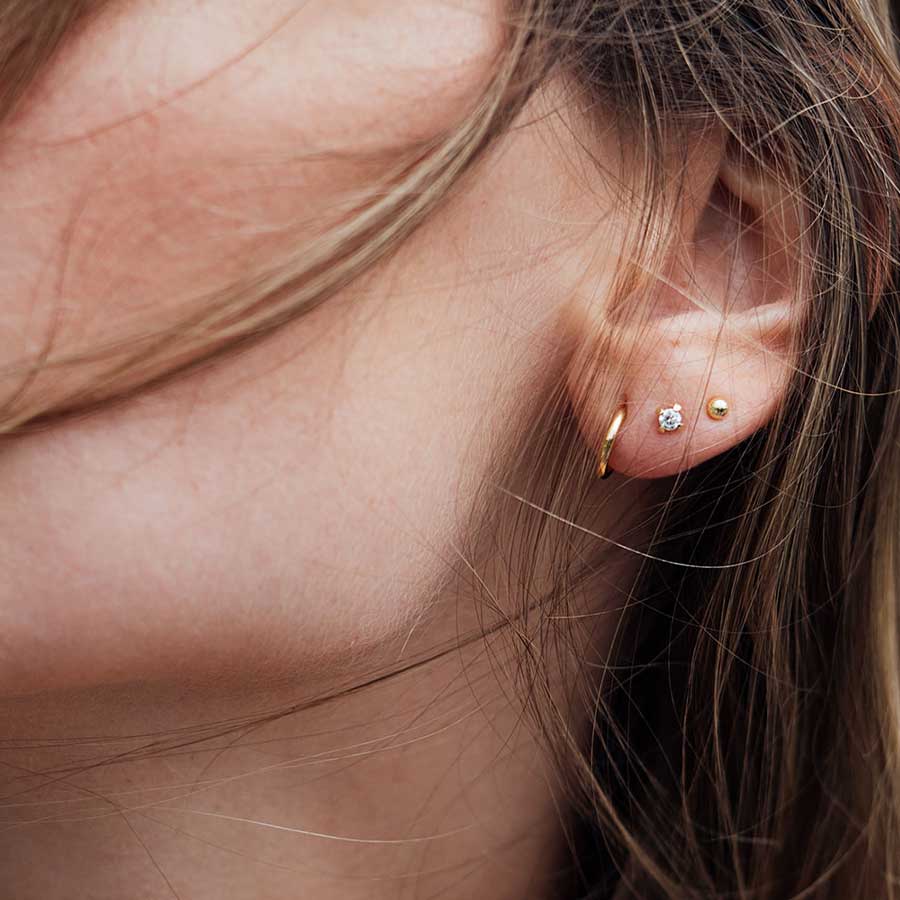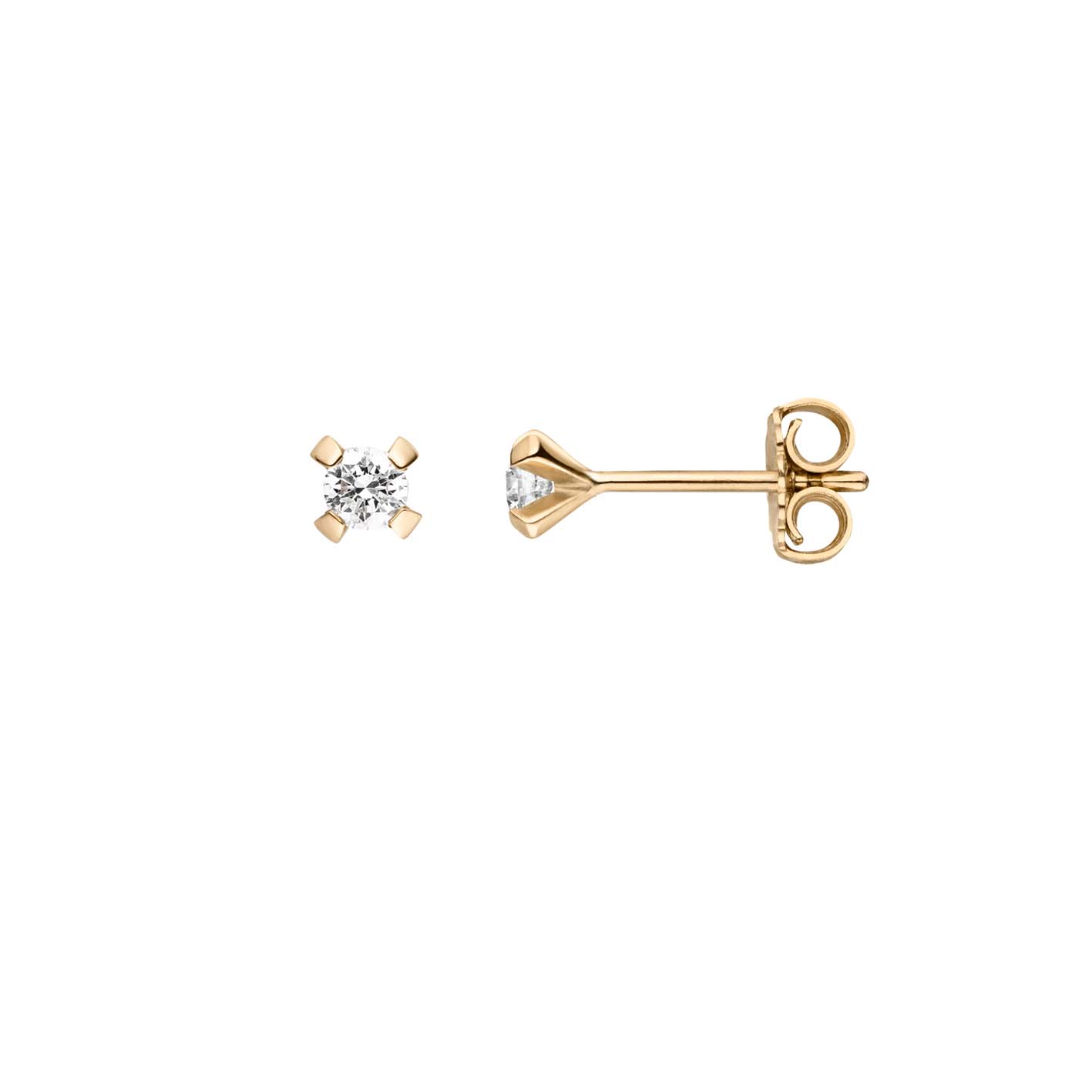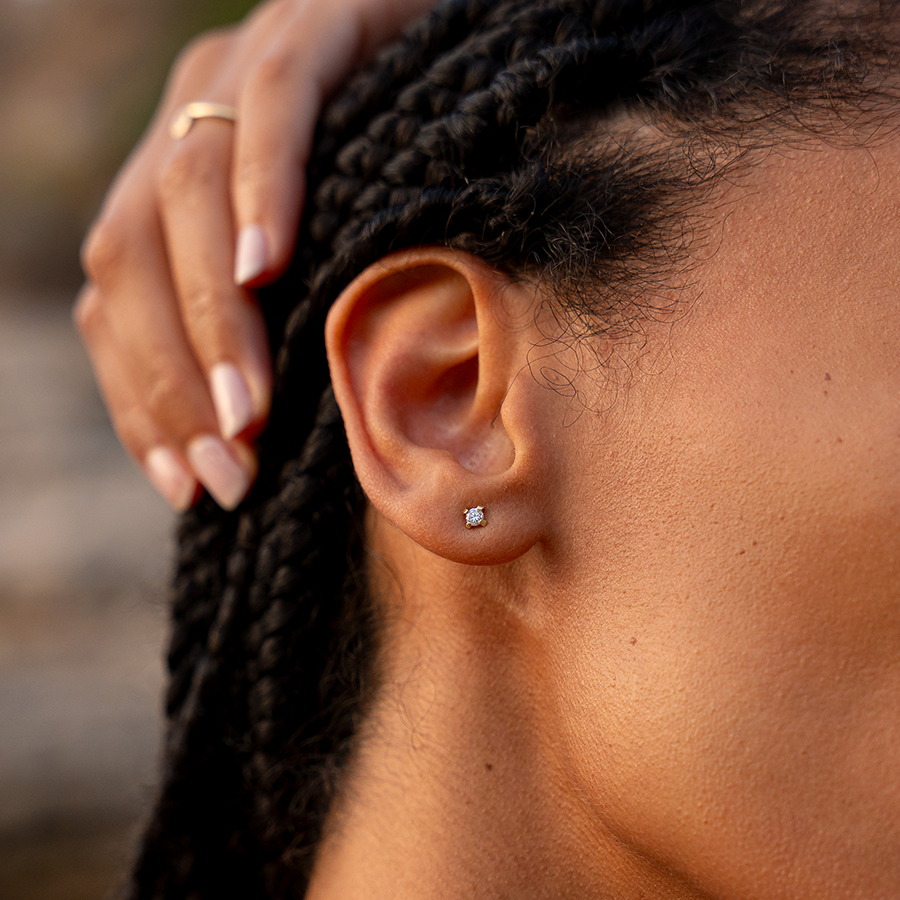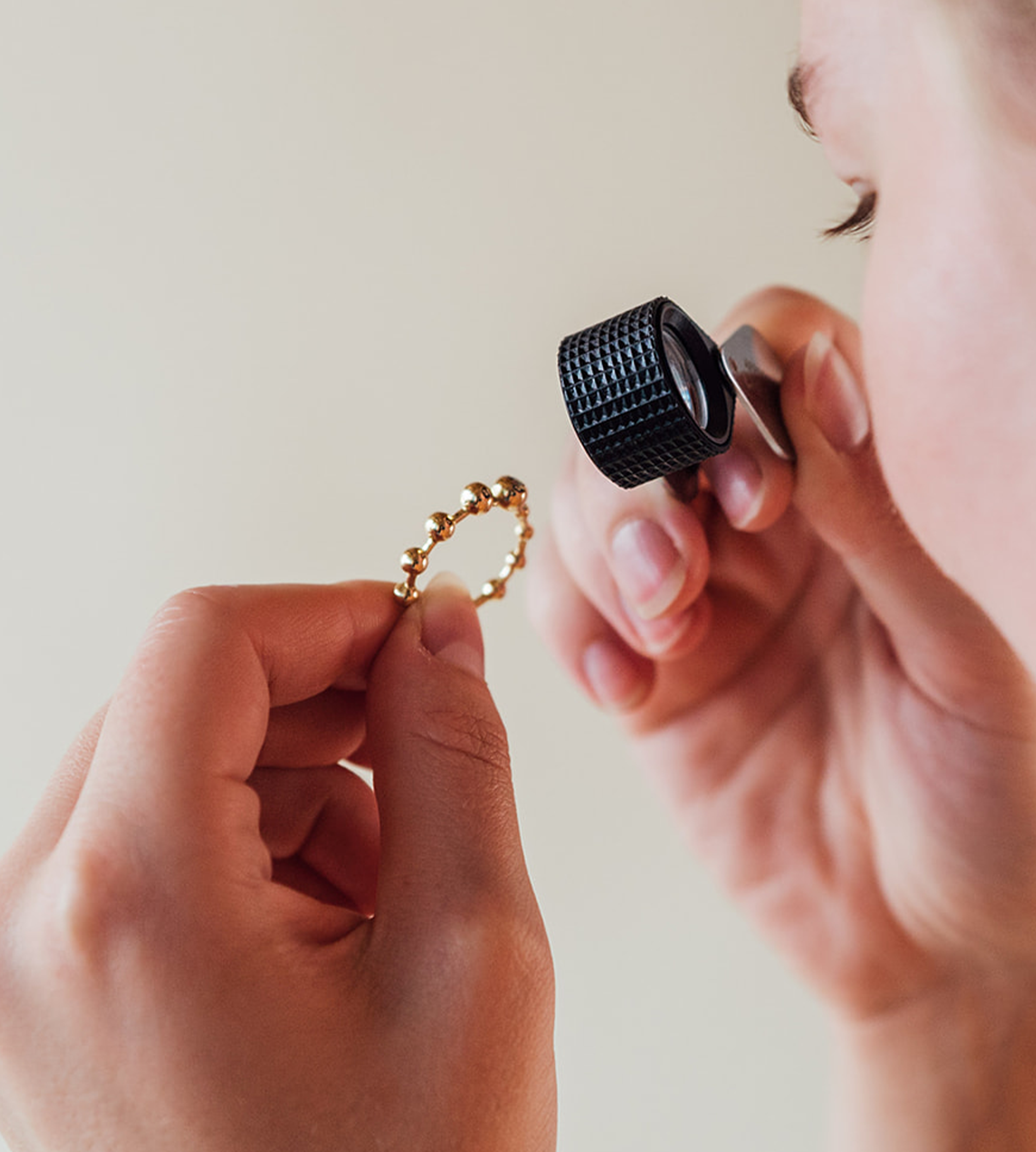Nickel is a chemical element that occurs naturally on our Earth. It is primarily mined as raw nickel, usually as a by-product in copper extraction. Through special processes, nickel can then be obtained from raw nickel or even pure nickel. It is especially used in fashion jewelry as part of metal alloys, particularly because it is silver-colored and positively influences the color of the metal alloys. It is also particularly malleable, making it easy to work with.
In Europe, however, there is a clear regulation regarding the use of nickel in jewelry and other items that frequently come into contact with the skin, such as buttons, zippers, or mobile phones. Only nickel that releases a maximum of 0.5 µg per cm2 per week from the items is allowed. This means that nickel is only permitted in small amounts.
A nickel allergy can manifest through various symptoms. For example, the earlobe that comes into contact with nickel jewelry may swell, redden, itch, dry out, or become rough. If you notice these symptoms while wearing costume jewelry, we advise you to stop wearing these earrings. A nickel allergy is a type of contact allergy, so the symptoms usually completely subside once the skin is no longer in contact with the nickel.
To definitively determine whether you have a nickel allergy, you should definitely consult your dermatologist.




